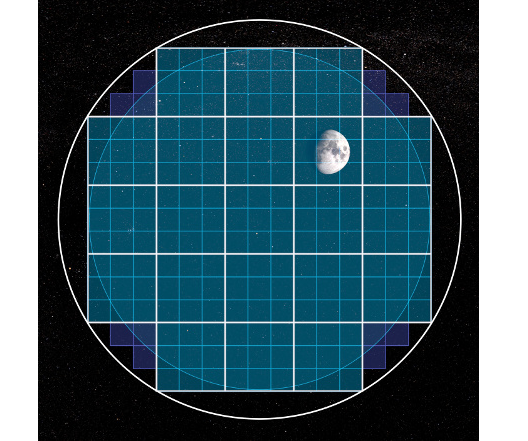The Large Synoptic Survey Telescope (LSST) is an ultraviolet (UV) to near-infrared (NIR) wavelength telescope that will begin begin running in 2021. The telescope will run a ten-year survey of the southern hemisphere, measuring not only position of objects in the sky but also their evolution over time. LSST can observe these objects with a 8.4 m primary mirror with six different band filters: u (UV), g, r, i, z, and y (NIR). It has a field of view of 9.6 deg2 and an exposure time of about 15 seconds. Using a 3.2 Gigapixel camera, the LSST can image about 10,000 square degrees of sky in three clear nights, producing 10 million alerts, 1000 pairs of exposures, and 30 Terabytes of data per night. By the end of the survey, LSST would have observed about 37 billion stars and galaxies. This amount of observation has never happened with one telescope; this makes LSST a revolutionary telescope for astronomers around the world. For more information regarding the LSST, visit https://www.lsst.org.
Due to it's impressive observational capabilities, the LSST the most optimal telescope for discovering kilonovae. It can search through the sky at such a quick rate that LSST has the best chance of catching kilonovae light curves within the time scale before they fade from view. Using the areas of the sky mapped by the Laser Interferometer Gravitational-Wave Observatory (LIGO) detections, LSST will search through the hundreds of square degrees of sky to discover the kilonovae before they fade away from view. The LSST's cadence needs to be optimized so that when LIGO produces a GW source, the LSST can quickly observe the area of the sky, measure the light curves of various transients in the sky, and distinguish them from the thousands of light sources where the kilonova is.




